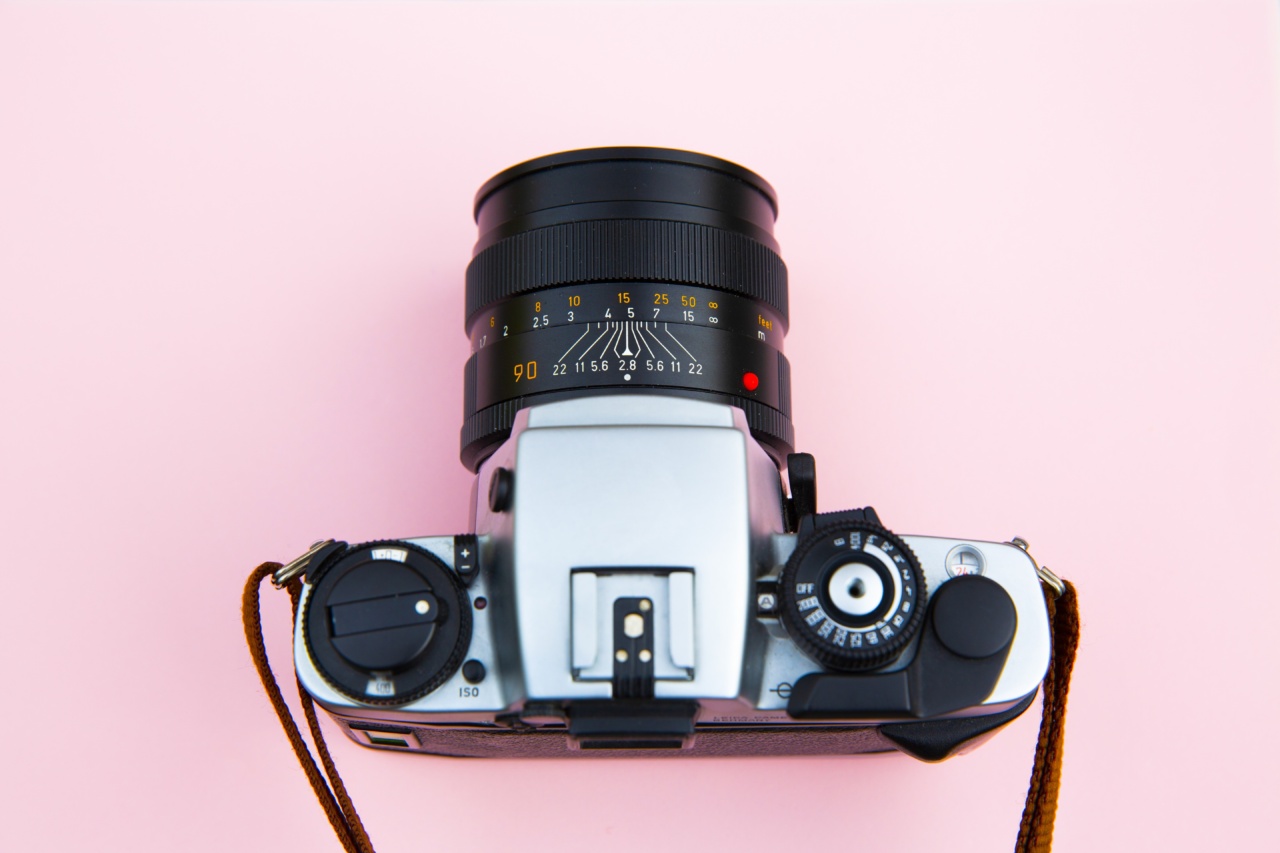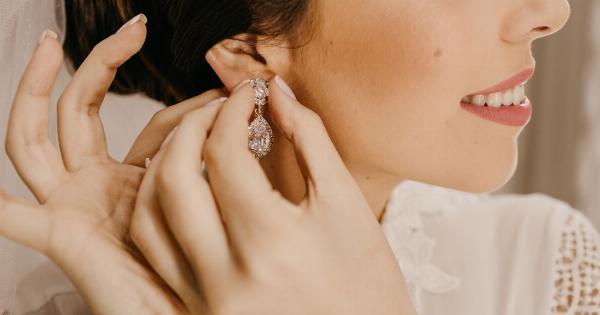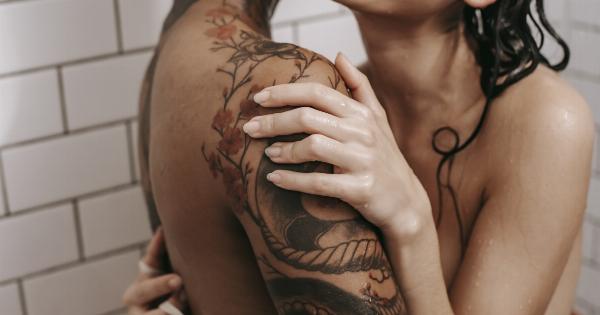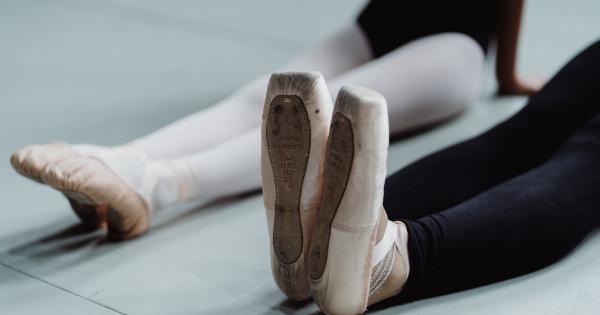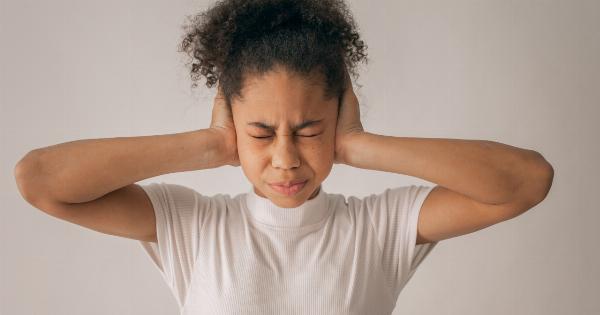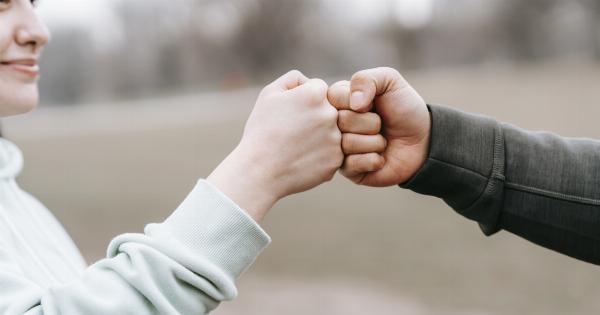Body image refers to an individual’s perception of their physical appearance, including thoughts and feelings about their body shape, size, attractiveness, and overall self-worth.
In modern society, women’s body image has become a topic of concern due to the unrealistic beauty standards perpetuated by media and societal pressures. To address this issue, various approaches have been proposed to regulate women’s body image. This article will explore five different approaches that aim to promote a healthier and more positive body image among women.
1. Media Literacy Education
One of the key approaches to regulating women’s body image is through media literacy education. This method focuses on developing critical thinking skills and creating awareness about media’s impact on body image.
By teaching individuals to critically analyze and deconstruct media messages, women can become more resistant to internalizing unrealistic beauty standards. Media literacy education can be integrated into school curriculums, workshops, and awareness campaigns to empower women to challenge and resist harmful ideals.
2. Diversity and Representation
Another effective approach is to promote diversity and inclusion in media and advertising. By depicting a wide range of body shapes, sizes, and appearances, women can have more realistic role models and feel more accepted.
Media platforms and brands should strive to represent different body types and celebrate diversity. This approach not only helps to challenge the homogenized beauty standards but also creates a sense of belonging and acceptance for all women.
3. Fashion Industry Regulations
The fashion industry plays a significant role in shaping women’s body image. To regulate body image perceptions, there is a need for imposing regulations on the fashion industry.
This can include implementing guidelines that discourage the use of excessively thin models and promoting healthier and realistic body sizes in fashion campaigns. By setting industry standards that prioritize diversity and health, the fashion industry can pave the way for a more inclusive and body-positive culture.
4. Body-positive Advertising
Body-positive advertising is a powerful tool in promoting a healthier body image. Companies and brands can contribute to women’s body image regulation by creating advertisements that celebrate diverse bodies and focus on values beyond appearance.
By featuring real people with different body types and showcasing their achievements, talents, and personalities, advertisers can challenge narrow beauty ideals and instill confidence in women of all shapes and sizes.
5. Education and Support
Education and support programs focusing on body positivity can play a pivotal role in regulating women’s body image.
Providing women with accurate information about body diversity, self-acceptance, and self-care can help them develop a healthier relationship with their bodies. Additionally, support groups and counseling can provide a safe space for women to share their experiences, gain insights, and receive support from others who have gone through similar struggles.
These programs should be easily accessible and widely available for women of all ages.
Conclusion
Regulating women’s body image is a complex and multifaceted task, requiring a combination of approaches.
By implementing media literacy education, promoting diversity and representation, imposing regulations on the fashion industry, creating body-positive advertising, and providing education and support, we can work towards a society where women feel empowered, accepted, and confident in their bodies. It is essential to recognize that every woman is unique and embracing that diversity is crucial for a healthier and more positive body image.
